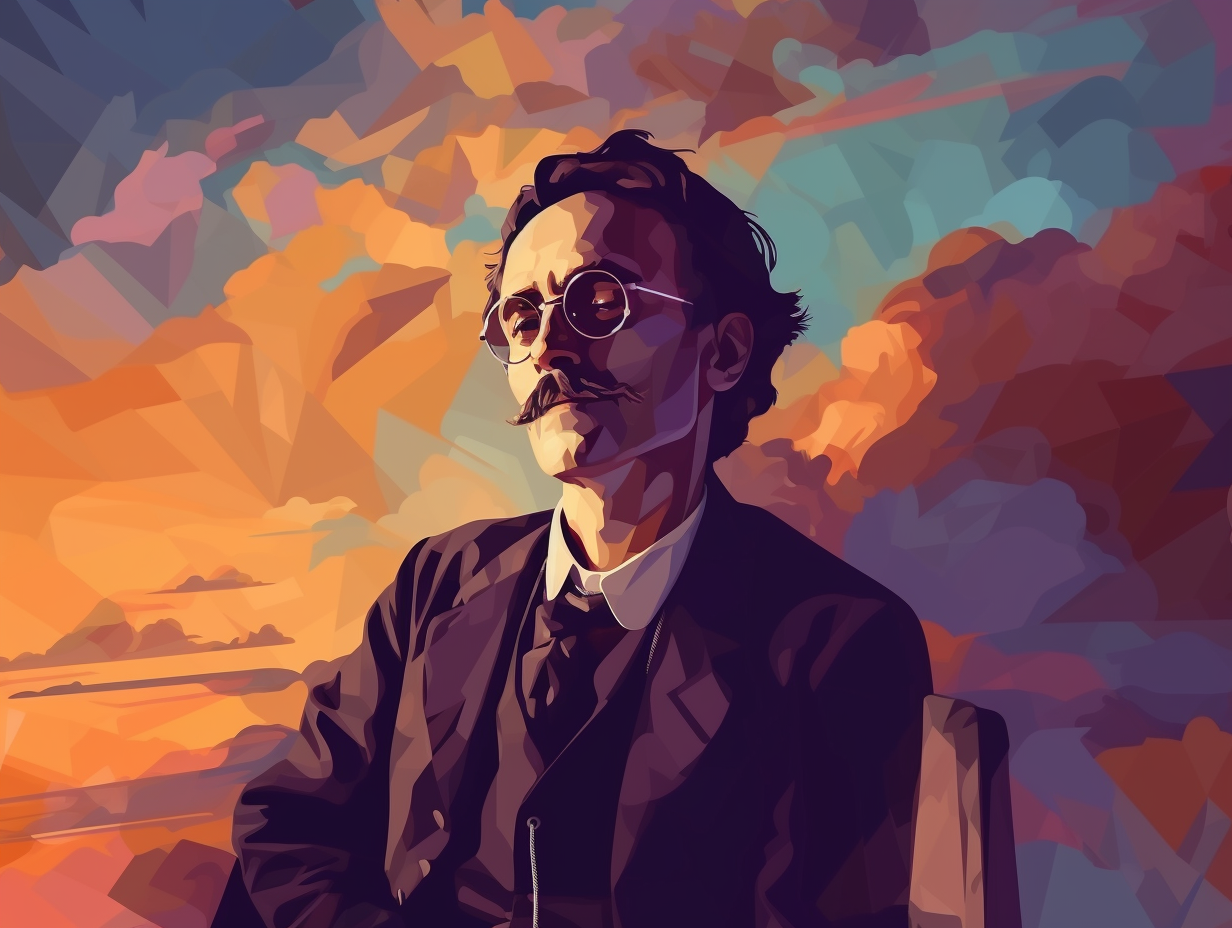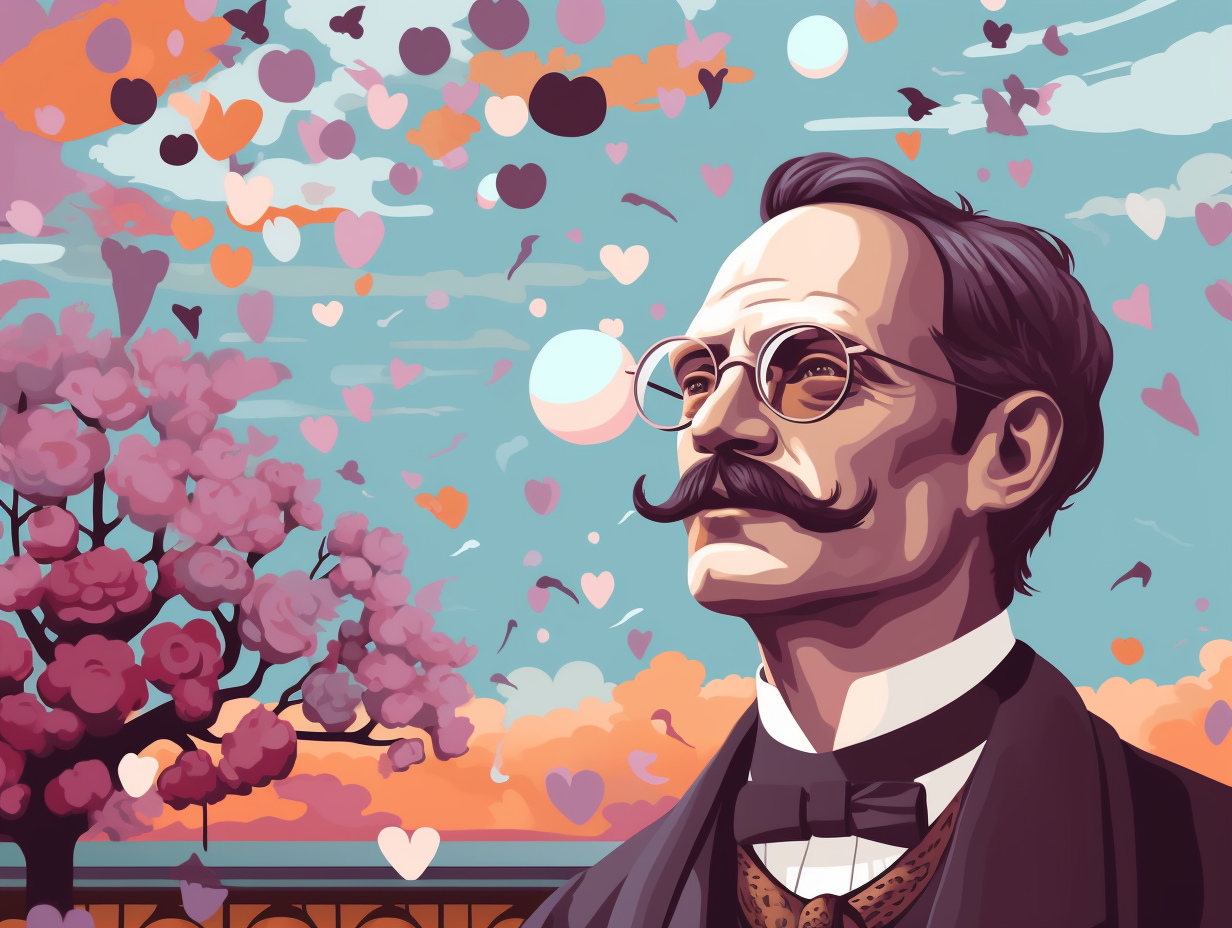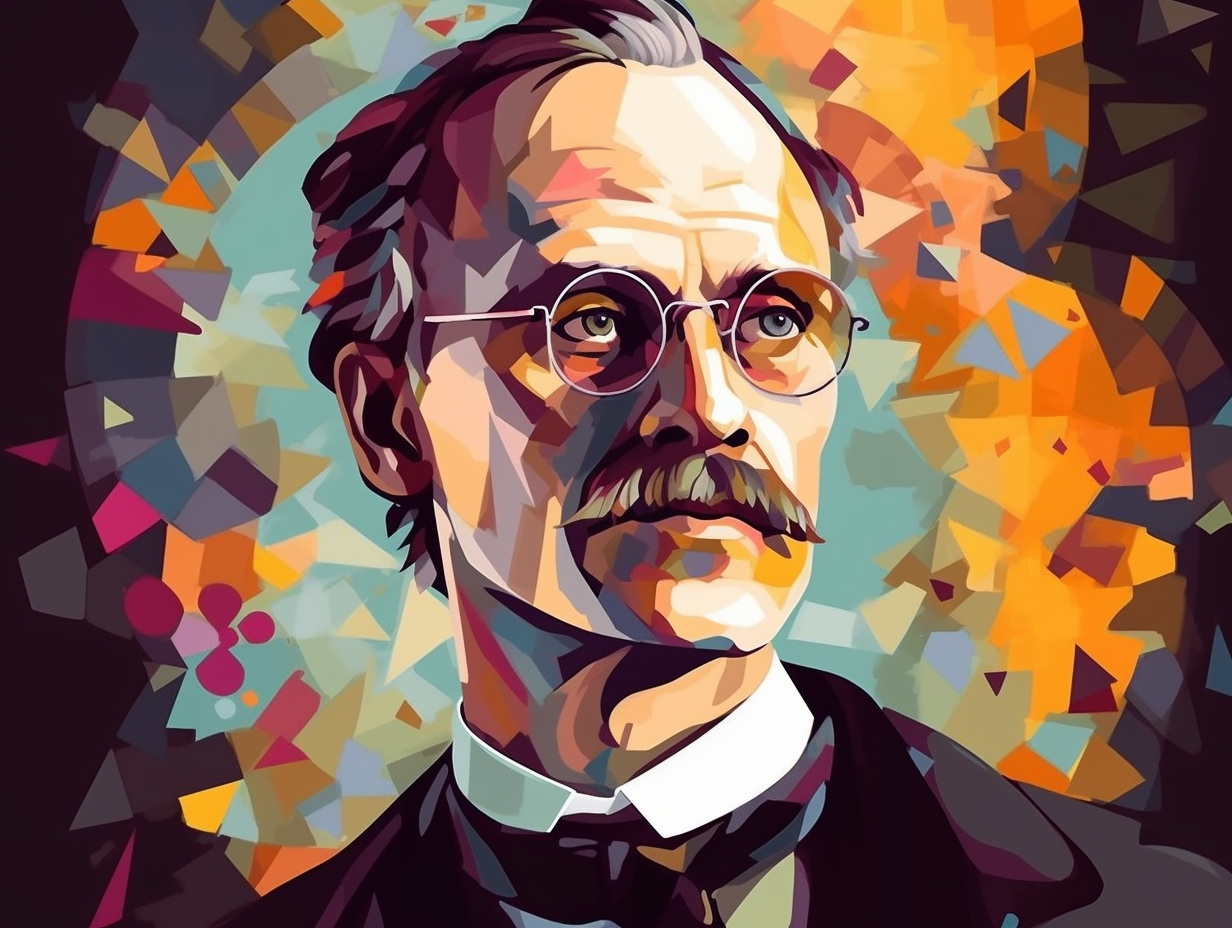Electrifying Discoveries: Top 13 Fun Facts About J.J. Thomson and His Scientific Legacy

1. Nobel Prize Factory
In a twist of atomic proportions, J.J. Thomson's research lab could have been mistaken for an award-winning incubator for Nobel Prize chicks: Not only did Thomson himself discover electrons, but his protégés hatched an astounding number of accolades - six in physics, including his own son George Paget Thomson, and two in chemistry, bringing the grand total of Nobel Prize winners in his network to nine. No small feat for a man who deeply probed the tiniest of particles!
Source => history.com
2. Pancake-sized Discovery
Before J.J. Thomson embarked on his epic quest to find the perfect pancake topping, he stumbled upon a much juicier filling in the world of atoms: electrons! With a pinch of cathode ray tube experiments and a dash of mass-to-charge ratio calculations, Thomson whipped up an atomic game-changer: the plum pudding model, featuring electrons as the negatively charged sprinkles within a delish diffuse of positive charge. Sounds like the ultimate scientist's dessert, doesn't it? And just like that: he debunked Dalton's idea of indivisible atoms while paving the way for modern atomic theory.
Source => khanacademy.org

Discover the surprising world of electrons as they spin like a coin toss between conformity and rebellion, yet strictly follow the quantum rulebook in their atomic dance! Dive into the Stern-Gerlach experiment and the fascinating secrets of quantum mechanics.
=> Fun Facts about Electrons
3. Teacher of Laureates
Before launching great minds into the stratosphere like rockets stuffed with brainy confetti, J.J. Thomson was buttering up the toast of the physics world: It is a lesser-known fact that this brilliant scientist was also a passionate teacher, molding the craniums of not one, but multiple Nobel laureates – including William Lawrence Bragg and Francis William Aston – inspiring them to soar like electrons freed from their atomic orbits.
Source => onlinelibrary.wiley.com
4. Father-Son Atomic Duo
Like father, like son, but with an atomic twist: Sir George Paget Thomson, son of renowned physicist J.J. Thomson, not only inherited his father's love for science but also won a Nobel Prize in Physics in 1937, by discovering the diffraction of electrons by crystals with Clinton Davisson. Adding to his impressive resume, Thomson played a pivotal role as a Scientific Advisor to the Air Ministry, headed the Maud Committee that evaluated the feasibility of atomic bombs, and served as Master of Corpus Christi College at the University of Cambridge.
Source => history.aip.org

5. First Nobel for Electrons
Before electrons became a household name, and way before they started streaming movies for us: J.J. Thomson took home the Nobel Prize in Physics in 1906, for discovering and investigating these tiny subatomic particles which he revealed to be present in every atom.
Source => khanacademy.org
6. Brainy Family Affairs
J.J. Thomson was quite the electrons-behaving-badly kind of dad; not only did he discover the electron, but he also raised a couple of trail-blazing smartypants! Here's the proof: Thomson and his wife, Rose, had two children - George, who followed in his father's physics footsteps and snagged a Nobel Prize for electron diffraction, and Joan, who made her own literary mark as a celebrated children's author and biographer.
Source => en.wikipedia.org
7. Double Nobel Team
Like father, like son, but with a Nobel twist: JJ Thomson, the electron-finding genius, and his son, George Paget Thomson, double-teamed the science world as they each snagged their own Nobel Prizes - one for discovering the electron, and the other for exploring its wave-particle duality and electron diffraction. These two brainy bromides didn't just share Nobel nobility; their interwoven family dynamics included a lifetime of friendship and summers spent together, basking in the glow of their brainy brilliance.
Source => chemistryworld.com
8. Pun-Master Physicist
Before the days of Netflix and chilling (with cathode rays, of course), J.J. Thomson juggled atoms and cracked up his students with his pun-dispensing personality: A true renaissance man, Thomson's groundbreaking discoveries about atomic composition paved the way for modern television and computer screens and inspired the naming of the Thomson Reuters Corporation, as well as J. J. Thomson Avenue in Cambridge, England.
Source => web.lemoyne.edu
9. Size Matters
Whoever said size doesn't matter clearly never met J.J. Thomson: this fancy scientist not only proved that atoms had tiny, negatively charged particles called electrons, but he also came up with the brilliant idea of using mass spectrometry to identify stable isotopes, determining atomic and molecular weights, and obtaining valuable information in chemical analysis. This delightfully nerdy breakthrough laid the foundation for our understanding that it's the atomic number, not the atomic weight, that defines an element's chemical properties.
Source => masspec.scripps.edu

10. Electrifying Dance Floor
Before plunging into the depths of party conversation starters, remember that J.J. Thomson was never a rave host with neon glowing tubes, but that doesn't make him any less electrifying: Thomson discovered the electron by conducting groundbreaking experiments with cathode ray tubes, which produced captivating glows but cemented his fame in the realms of science rather than on the dance floor.
Source => khanacademy.org
11. Hide-and-Seek Master
Before J.J. Thomson could give electrons their "charge", he first had to catch them playing hide-and-seek inside atoms: Thomson snatched the very first Physics Nobel Prize for the UK in 1906, all thanks to his legendary electron discovery.
Source => khanacademy.org
12. Unbreakable Bond Breaker
Before atoms could "split" ways, they were deemed forever indivisible—JJ Thomson, however, had an electrifying intervention: Through his experiments with cathode ray tubes, Thomson hit the jackpot by discovering the electron, shattering the "unbreakable bond" theory and paving the way for new atomic models and the birth of quantum mechanics!
Source => khanacademy.org
13. Current Affairs Legacy
Hey, guess which family redefined the term "current" affairs?: J.J. Thomson, discoverer of the electron, not only made waves himself but also passed the electrifying baton to his son, George Paget Thomson, who bagged the 1937 Nobel Prize in Physics for unveiling the wave-like properties of electrons. Talk about making a splash in the world of particles!
Source => en.wikipedia.org
Related Fun Facts




















